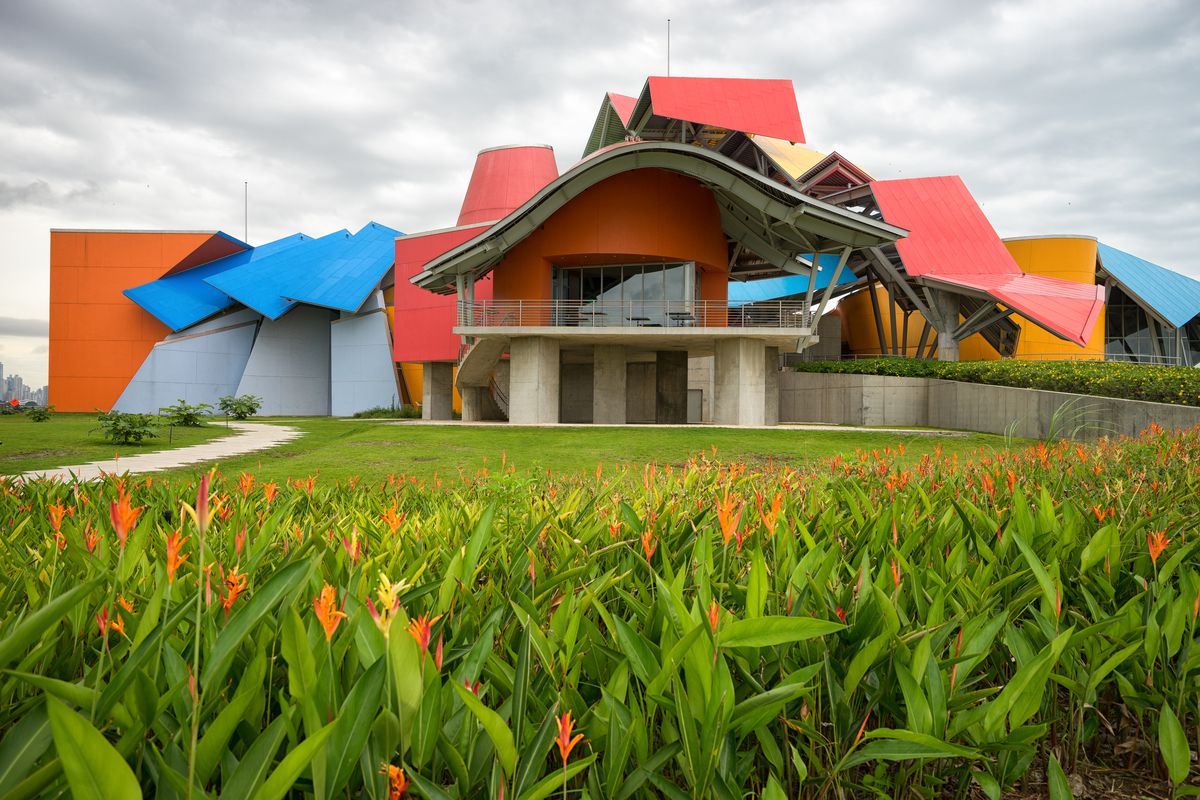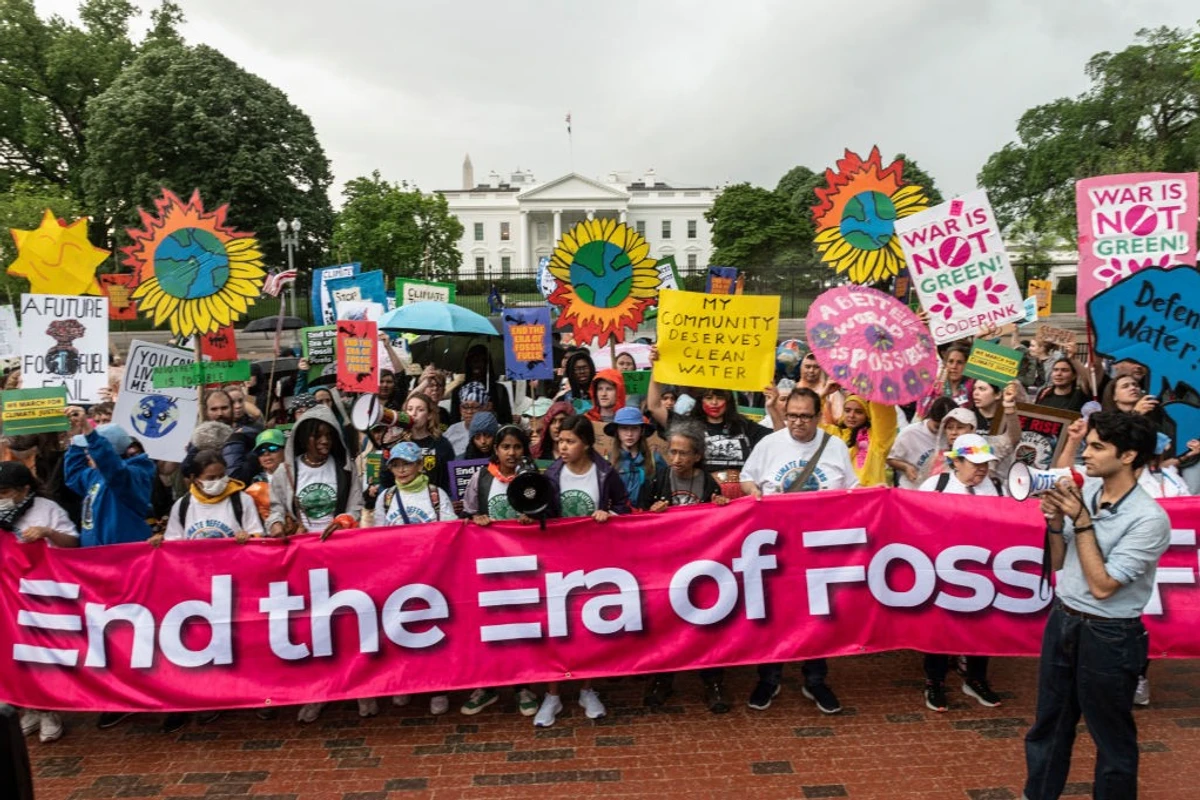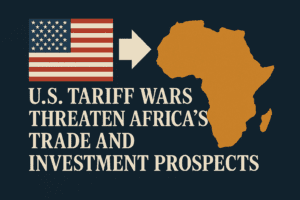Key Impact Points:
- US$110 million facility approved by the World Bank to modernize energy infrastructure in Grenada, Saint Lucia, and Saint Vincent and the Grenadines.
- Over 90% dependence on fossil fuels has left the region vulnerable to price shocks and among the world’s highest electricity costs.
- New regional insurance product and private investment tools aim to protect infrastructure and unlock up to $120 million in commercial finance.
World Bank Backs Caribbean Energy Shift
The World Bank’s Board of Executive Directors has approved a $110 million Caribbean Resilient Renewable Energy Infrastructure Investment Facility targeting Grenada, Saint Lucia, and Saint Vincent and the Grenadines. Designed in collaboration with the Eastern Caribbean Central Bank and regional partners, the initiative seeks to accelerate the adoption of resilient, clean, and affordable energy systems. Other countries will be able to join over time.
“Across the Caribbean residents are paying some of the highest electricity prices in the world, which places a strain on households and businesses,” said Lilia Burunciuc, World Bank Division Director for the Caribbean. “Through this project, we want to help to lower costs and improve the reliability of electricity by investing in renewable energy and resilient infrastructure.”
Tackling Heavy Fossil Fuel Dependence
The Caribbean’s electricity systems rely heavily on imported fossil fuels, which accounted for 90% of power generation and an average of $444 million in annual imports between 2016 and 2021. These costs represented 15.4% of total imports and 17.1% of the region’s trade balance. As of 2022, renewable sources made up just 11.6% of generation due to hurdles like fragmented regulations, underprepared grids, and small project sizes.
Scaling Solutions Across the Region
The new Facility aims to break these barriers by pooling renewable energy projects regionally—lowering costs, increasing scale, and attracting private developers. Core investments will include modernizing electricity transmission systems and deploying battery energy storage to integrate renewables and enhance grid resilience.
To help de-risk investments and bring in commercial capital, the initiative will offer partial credit guarantees expected to unlock up to $120 million in private finance.
Investing in Resilience and Skills
The Facility will also provide technical assistance and training, streamline regulatory processes, and design a new insurance product—developed with the Caribbean Catastrophe Risk Insurance Facility—to protect energy infrastructure against extreme events.
“We cannot transform our region without a transition to renewable energy,” said Timothy Antoine, Governor of the Eastern Caribbean Central Bank. “This Facility is an important vehicle for our journey to build institutional and generating capacity, enhance energy security, boost competitiveness and lower electricity prices for our families and businesses.”
Backed by Global Partners
The project is funded through the World Bank’s International Development Association (IDA), which supports low-income and small island economies. Additional support comes from the Climate Investment Fund, the Energy Sector Management Assistance Program, and the Canada Clean Energy and Forests Climate Facility. The Facility also includes scholarships and apprenticeship programs to support a long-term energy workforce pipeline.
Related Article: Small Islands, Big Stakes: How the Pacific Islands Forum Has China and the U.S. on Island Time












